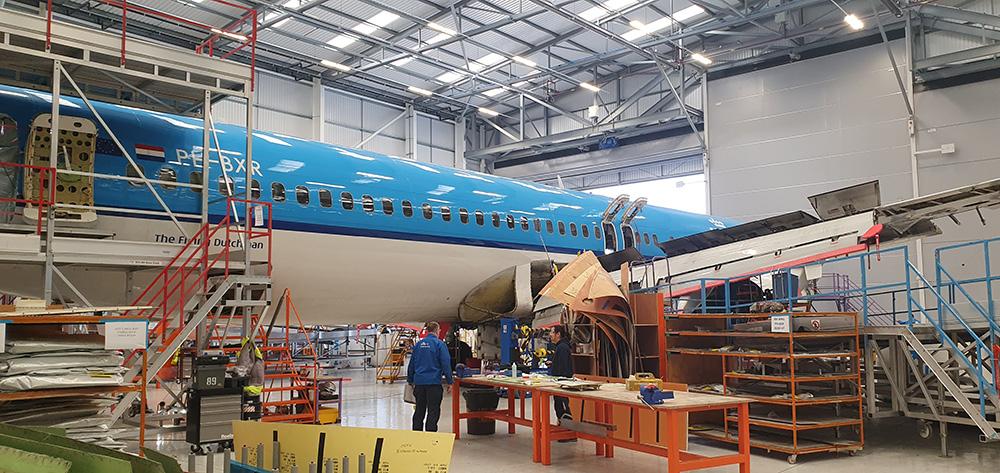
KLM UK Engineering’s Hangar 9 is currently dedicated to handling Boeing 737 maintenance for KLM.
Credit: Keith Mwanalushi/Aviation Week Network
Norwich, ENGLAND— KLM UK Engineering is focused on reducing turnaround times to minimize the financial impact of aircraft downtime, but as customer fleets evolve, it also is preparing to adapt and potentially take on new clientele. Several factors are specifically impacting the UK aircraft...
KLM UK Engineering Adapts To Shifting MRO, Fleet Trends is part of our Aviation Week & Space Technology - Inside MRO and AWIN subscriptions.
Subscribe now to read this content, plus receive full coverage of what's next in technology from the experts trusted by the commercial aircraft MRO community.
Already a subscriber to AWST or an AWIN customer? Log in with your existing email and password.





